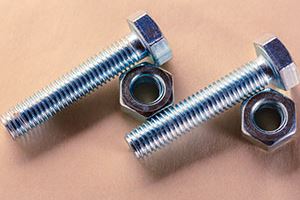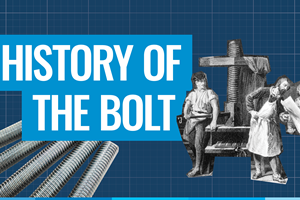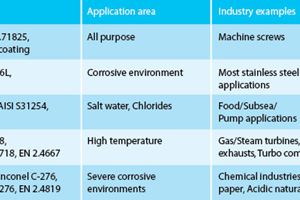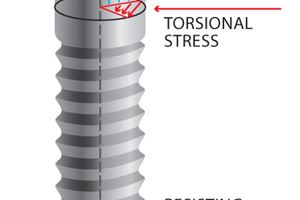Does the Torque Still Remain in the Bolt After Tightening?
The torque is a force multiplied by a moment arm. The force is applied at the moment arm (e.g. a wrench) and then rotates around the bolt axis. The moment arm is the length from the centre of the axis to the point where the force is being applied. Once the tightening is complete this external force is reduced to zero and with it the torque.
During tightening the bolt will work as a torsional spring and twist. The twisting will result in some residual torsion stress in the bolt that will work to unscrew the bolt. This can be interpreted as residual torque left in the bolt.
To keep the residual torque as small as possible a low friction coefficient inside the bolting would be desirable. However, since friction is the only reason why the bolt does turn loose under its own preload, the friction coefficient should remain as high as possible.
The Nord-Lock Group offers two ideal solutions for this dilemma. If torquing is the preferred tightening method, our wedge-locking washers will prevent the residual torque from unscrewing the bolting. Alternatively, twisting can be avoided completely by using Superbolt MJTs for torsion-free, purely axial preloading. Rely on our bolting experts to help you make the right choice.
Like this article and want more?
Get engineering and bolting insights delivered straight to your inbox. Subscribe to our insights newsletter now!






